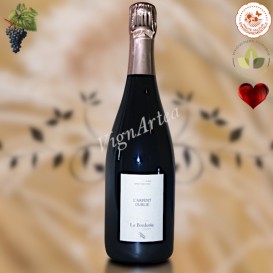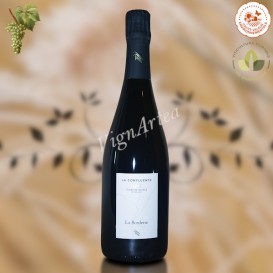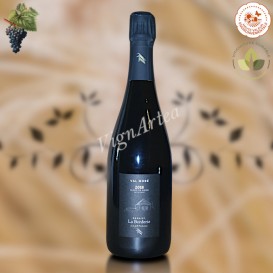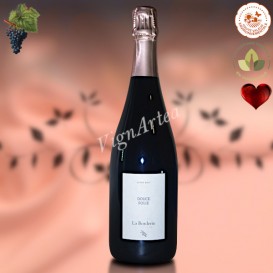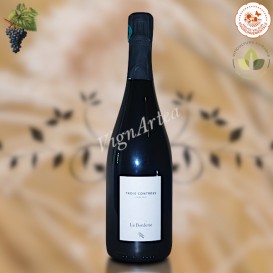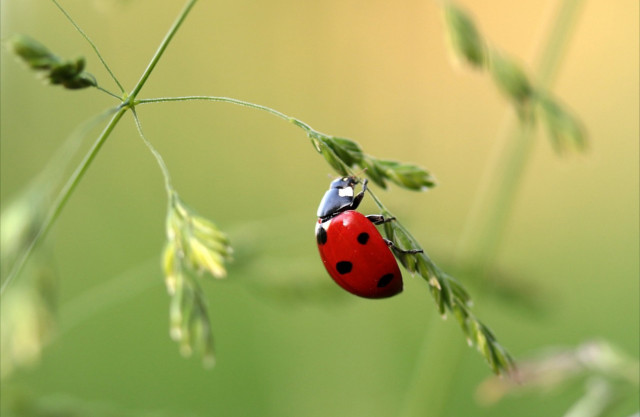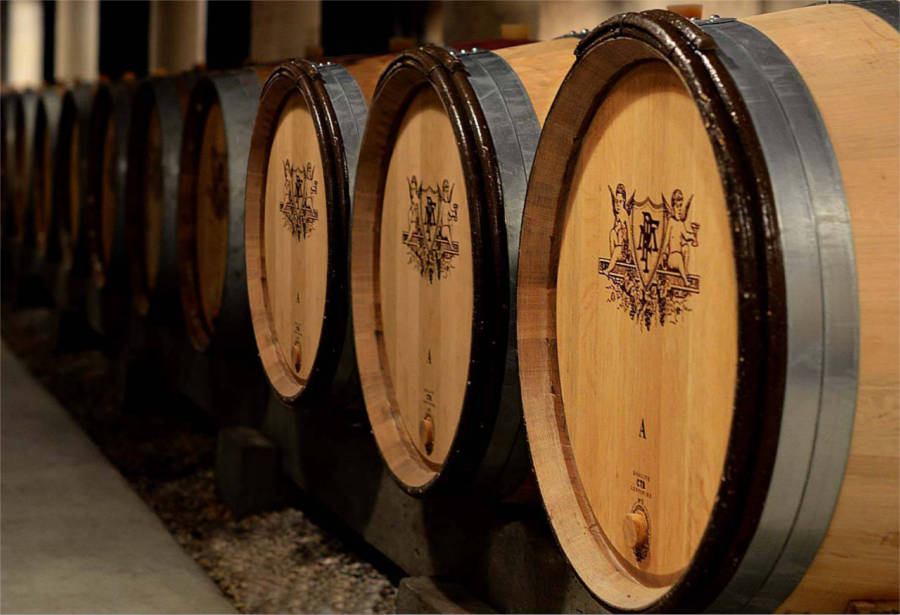Champagne Domaine LA BORDERIE

CHAMPAGNE 11 ha HVE WINEMAKER : Simon NORMAND
ESTATE HISTORY
The Domaine la Borderie is located in Bar-sur-Seine, in the Champagne vineyards of the Côte des Bar, more specifically in the Bar Séquanais. With a total surface area of 11 ha, the estate is currently managed by Marie and Simon Normand, brother and sister, the third generation of the family to work in the vineyards.
Only 1.5 ha are reserved for the production of the estate champagnes, the rest of the grapes going to a cooperative.
I can't remember how I discovered the estate - by hearsay? in the course of a discussion? - but I was pleasantly surprised when I tasted their cuvées: the champagnes are tasty, the cellar work precise, clean and square. In short, there's little fuss and a lot of pleasure in the glass!
TERROIR
The vineyards of the Côte des Bar stand in stark contrast to those of the chalky Marne Valley, with their scalloped hillsides cut by a series of valleys. Slopes are around 14%, with forests at the top. The vineyard lies on a geological formation known as Virgulian because of its richness in Exogyra Virgula, fossilized skeletons of molluscs that lived in a marine environment during the Upper Kimmeridgian.
The soil was formed some 150 million years ago, and consists of three layers of grey marl separated by two layers of marly to hard limestone. Its total thickness is around 80 meters.
This heavy, poorly permeable soil can sometimes pose rooting difficulties for certain grape varieties, but it is ideally suited to Pinot Noir.
WINEGROWING & WINEMAKING
The estate's grape varieties include the three most important in the region: Pinot Noir, Chardonnay and Pinot Meunier, plus a rarer variety: Pinot Blanc. The vines are between 30 and 70 years old.
The estate pays great attention to respecting biodiversity: it has to be said that the location of their plots in a wooded environment favors this impetus, which began in 2012 with the abandonment of herbicides and insecticides. To fight agains the development of crytogamic diseases, the use of copper- and sulfur-based products is favored, as recommended by the Organic Agriculture specifications. In fact, part of the vineyard is grown under organic viticulture for testing purposes.
The estate is also moving towards agroforestry, even if it doesn't mention it as such: the planting of hedges and trees in the heart of the plots encourages the development of a local ecosystem and protects the vines by providing a refuge for auxiliaries such as birds and insects. There are around thirty bird and bat nesting boxes in the vineyard.
All these efforts are rewarded each year by the renewal of the HVE (Haute Valeur Environnementale) and Viticulture Durable en Champagne certifications.
If the credo in the vineyard is respect for the living, the credo in the cellar is respect for the terroir. The ultra-modern winery has been designed for parcel-based winemaking, with the aim of producing gourmet champagnes.
Once the grapes are harvested, they are immediately pressed to preserve the aromatic integrity of the berries. Most of the must is fermented in stainless steel tanks, with only 5% to 15% of the juice fermented in oak barrels, depending on the cuvée. The malolactic fermentations are carried out in stainless steel vats yet blocked in oak barrels.
Racking after fermentation takes place in July, giving the must time to rest and mature on its lees for a few months before the sparkling process begins. The resting phase on slats in the cellar lasts between 16 and 45 months, depending on the cuvée.
The estate's champagnes immediately won me over with their typicity and identity. With great finesse and elegance, they express themselves with charm and delicacy, without exuberance, but with precision and richness. You need to give the wine time to air out in the glass to appreciate its full complexity.
-
CHAMPAGNE L'ARPENT OUBLIÉ - H 2020 (Domaine La Borderie)
52,00 € In stock!COTE DES BAR - AOP CHAMPAGNE - WHITE BLANC DE BLANCS CHAMPAGNE
Grape variety: Pinot Blanc (100%)
Brut Nature Sugar addition: 0g/l
Winemaking in stainless steel tanks (85%) & oak barrels (15%)- Nose: floral, fresh and tasty. Notes of white flowers, honey, white peach, with a hint of minerality.
- Palate: fine bubbles. The juice is tonic and slightly lemony. A hint of minerality on the finish.
- Tasting date: February 2024.
- OUR OPINION: very pretty, elegantly perfumed, with a lovely tension on the palate. I love this beautiful Pinot Blanc champagne! ❤️❤️
The exceptional bottle's weight (1.8kg) may result in higher shipping costs for the final shopping cart.
- Nose: floral, fresh and tasty. Notes of white flowers, honey, white peach, with a hint of minerality.
-
CHAMPAGNE LA CONFLUENTE 2018 (Domaine La Borderie)
56,00 € In stock!COTE DES BAR - AOP CHAMPAGNE - WHITE BLANC DE BLANCS CHAMPAGNE
Grape varieties: Chardonnay (80%) - Pinot Blanc (20%)
Extra-Brut Vintage Sugar addition: 2 g/l
Winemaking in stainless steel tanks (95%) & oak barrels (5%)- Nose: Elegant and complex. Brioche notes. Aromas of almond, lemon, candied orange with a hint of stone fruit.
- Palate: fine bubbles. The juice is invigorating, delicious and fresh. Long-lasting aromas and a lemony finish.
- Tasting date: February 2024.
- OUR OPINION: a beautiful blanc de blancs champagne, elegant, fresh and well-balanced. The presence of Pinot Blanc, even in very small quantities, endows this champagne with a unique pulpy and crisp texture. A real favorite!
The exceptional bottle's weight (1.8kg) may result in higher shipping costs for the final shopping cart.
- Nose: Elegant and complex. Brioche notes. Aromas of almond, lemon, candied orange with a hint of stone fruit.
-
CHAMPAGNE VAL MORÉ 2018 (Domaine La Borderie)
57,00 € In stock!COTE DES BAR - AOP CHAMPAGNE - WHITE BLANC DE NOIRS CHAMPAGNE
Grape variety: Pinot Noir (100%)
Extra-Brut Vintage Single-Plot Sugar addition: 3 g/l
Winemaking in stainless steel tanks (95%) & oak barrels (5%)- Nose: fresh and elegant. Notes of grenadine, pink grapefruit, honey, bread crust with a hint of spice.
- Palate: slightly mineral, nicely perfumed and full of energy. Fine bubbles. Long aromatic persistence.
- Tasting date: February 2024.
- OUR OPINION: a very pretty Blanc de Noirs champagne! Fresh, young, full of life and gourmet! Superb!
The exceptional bottle's weight (1.8kg) may result in higher shipping costs for the final shopping cart.
- Nose: fresh and elegant. Notes of grenadine, pink grapefruit, honey, bread crust with a hint of spice.
-
CHAMPAGNE DOUCE FOLIE - H 2018 (Domaine La Borderie)
56,00 € In stock!COTE DES BAR - AOP CHAMPAGNE - CHAMPAGNE ROSÉ
Grape variety: Pinot Noir (100%)
Extra-Brut Single-Plot Sugar addition: 4 g/l
Winemaking in stainless steel tanks (95%) & oak barrels (5%)- Nose: delicate, fine and floral. Notes of hibiscus, raspberry and redcurrant, with a hint of blackcurrant bud.
- Palate: fluid, delicious and thirst-quenching.
- Tasting date: February 2024.
- OUR OPINION: a very fine rosé, elegant, fragrant and delicate. Let the wine air a little in the glass so that it expresses all its aromatic power. A gastronomic champagne, very pleasant to drink. A favorite! ❤️❤️
The exceptional bottle's weight (1.8kg) may result in higher shipping costs for the final shopping cart.
- Nose: delicate, fine and floral. Notes of hibiscus, raspberry and redcurrant, with a hint of blackcurrant bud.
-
CHAMPAGNE TROIS CONTRÉES (Domaine La Borderie)
41,00 € In stock!COTE DES BAR - AOP CHAMPAGNE - WHITE CHAMPAGNE
Grape varieties: Pinot Noir (70%) - Chardonnay (20%) - Pinot Blanc (10%)
Extra-Brut Sugar addition: 3g/l
Winemaking in stainless steel tanks (90%) & oak barrels (10%)- Nose: delicate. Notes of toasted hazelnut, bread dough, white grapefruit with a hint of licorice.
- Palate: tonic and tasty. Fine bubbles.
- Tasting date: February 2024.
- OUR OPINION: a lovely champagne, fine, well-balanced and pleasant to drink. Suitable for all palates.
The exceptional bottle's weight (1.8kg) may result in higher shipping costs for the final shopping cart.
- Nose: delicate. Notes of toasted hazelnut, bread dough, white grapefruit with a hint of licorice.

